Why Do We Feast With Tamales & Atole on Candelaria Every Feb. 2?
- January 2021
- By Angela Pagan
- Recipe from Mexico
-
- (7)
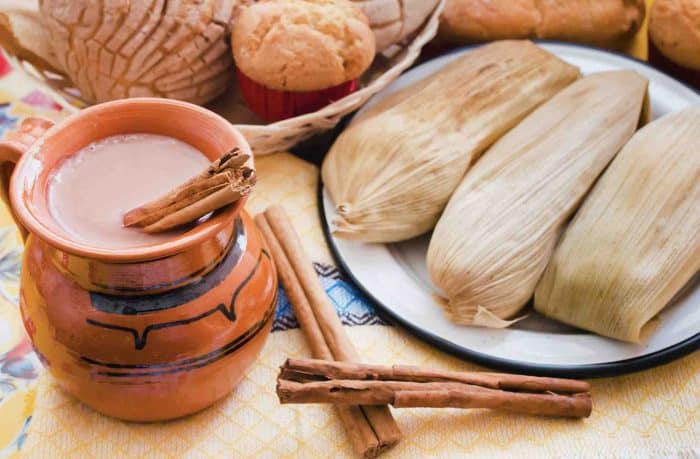
Q: I got the baby in my Three Kings Day rosca. Now what—and why do we eat tamales every year on February 2? What is Candelaria, anyway?
January 6 has come and gone. Los Tres Reyes paid their visit, everyone had their piece of rosca de reyes—and lucky you: You got the baby Jesus in your slice of the sweet bread treat.
You know what that means, right?
You’re on the hook to make a big batch of tamales when everyone comes over February 2—if you’re one of the many Mexican families who get together every year to feast on tamales, hot chocolate, atole (my favorite!), and maybe a caballito or two of good tequila.
But have you ever wondered why this is the day families come together again so close to the holidays—and why tamales, hot chocolate and atole are on the menu?
Candelaria: A Day of Light & Tradition Every February
February 2 is Día de la Candelaria or Candlemas. And it’s the followup to the annual Epiphany festivities of Reyes every January 6. While we’re looking for groundhogs in the States, the day is celebrated pretty differently across Latino countries and cultures. In this Familia Kitchen food and feasting report, we’ll focus on how Mexico does La Candelaria.
Grounded in Mexico’s Catholic heritage, Dia de la Candelaria celebrates the day young Jesus was presented by his parents at the temple of Jerusalem and when the Virgin Mary was purified. According to Jewish tradition of the day, a woman was considered “unclean” for 40 days after giving birth. For that reason, since Jesus was born on December 25, Mary and Joseph would wait until February 2 to present their baby at the temple.
Luke 2:22-39 tells the story: A devout man named Simeon was at the temple that day. When he saw Jesus, he prophesied the child would one day be “a light of revelation to the Gentiles.” Those words sparked a centuries-long custom of bringing candles to church to be blessed every February 2 and helped give La Candelaria or Candlemas its name.
Two thousand years later, depending on the region, this feast day honoring the holy family’s mother and child is observed in a variety of traditions across Mexico. One common element at most Candelarias: a statue of the baby Jesus is dressed festively and carried to church for viewing and blessings. Some communities go all out and organize a street festival to parade decorated statues of Jesus and the Virgin Mary to the local church. Earlier in the year, “godparents” are chosen for baby Jesus and they have the honor of hosting several celebrations leading up to February 2.
An Aztec & Spanish Mashup Celebration With Food and Drink
The ritual of celebrating with tamales, chocolate and atole with friends and family is a blending of Mexico’s centuries-old history and traditions. While the day itself is connected to Catholicism—brought by the Spaniards—the custom of how we feast goes way goes back to the Aztecs. The word tamale comes from the Nahuatl tamalli, which means “wrapped food.” As in what the Aztecs offered the gods each year on Feb. 2, the start of the Mexican New Year: wrapped food made with maize. And of course, chocolate beans and the corn in atole are both crops used and honored by the Aztecs.
Let’s start with the tamales—since they are the main meal in the traditional Candelaria celebration feast.
You Got the Baby Jesus! Which of These Tamales Will You Make?
Here are two of Familia Kitchen’s most popular recipes for these masa delicacies. Choose the one that speaks most to you for your Candelaria gathering.
Our first Mexican tamales recipe are the red pork tamales served by none other than Mexican painter Frida Kahlo in her home, La Casa Azul. (Which means her esposo, the muralist Diego Rivera, loved them, too!) They are classic, spicy and filling.
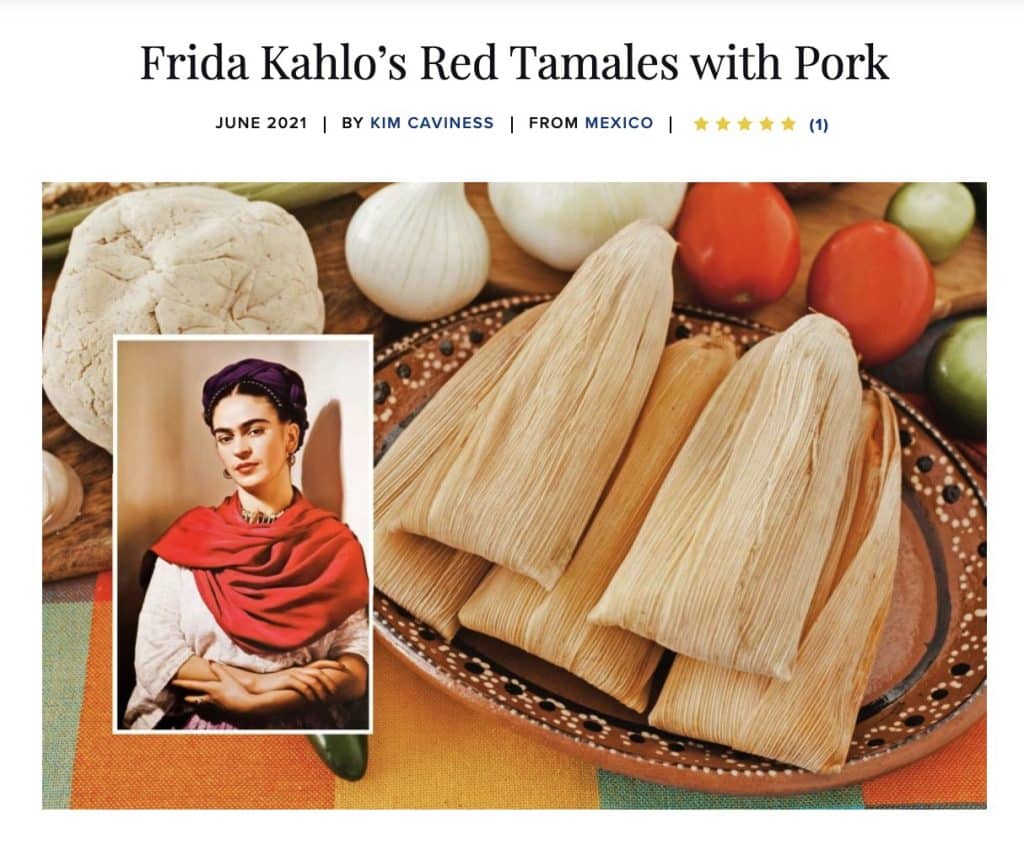
Our second Mexican tamales recipe is close to my heart: these red pork and ancho chiles tamales were made by my beloved grandmother, Nanni, every year, for our Noche Buena family celebration. Nanni made them with so much love you can taste it on the plate. Her tamales are one my favorite foods on the entire planet. Try them and you’ll see why.
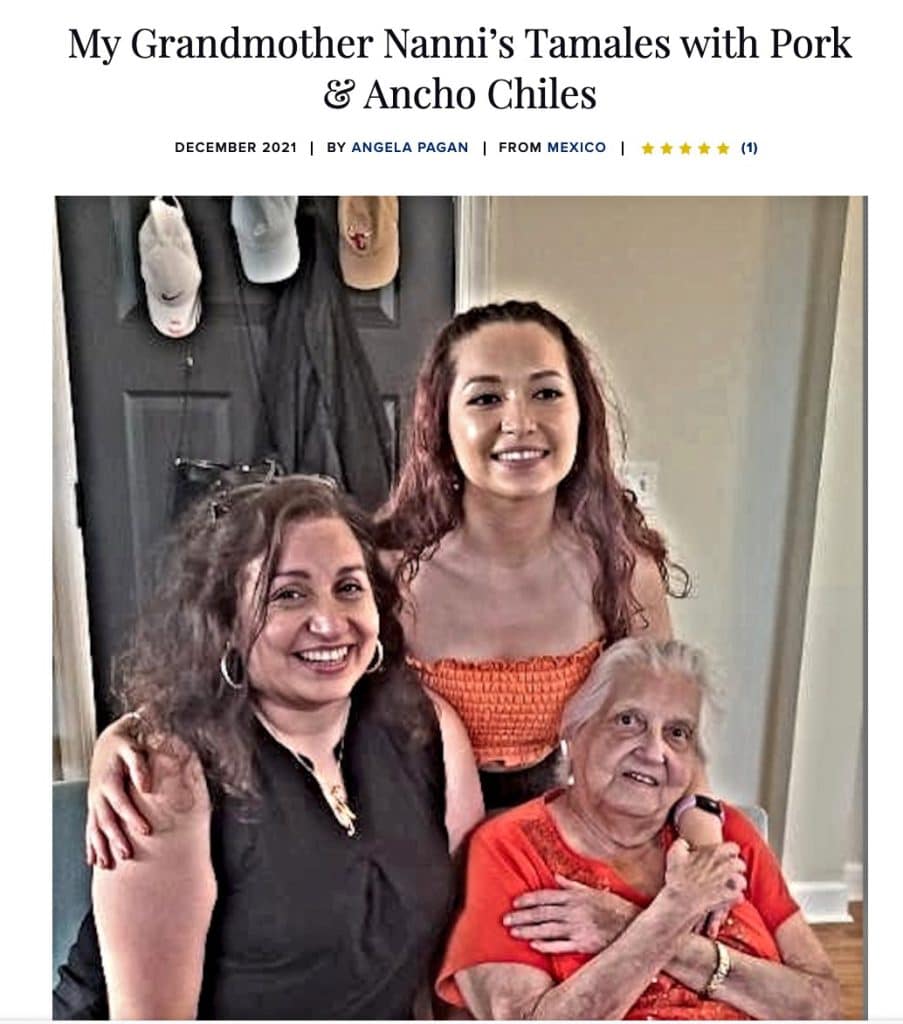
To go deeper into this fascinating food’s ancient roots and evolving ingredients and cooking techniques from country to country, check out our deep dive into the history of tamales across Latino cultures.
Another delicacy associated with Candelaria is champurrado, a drink whose main ingredient, chocolate, comes from the cacao bean. Calling it xocolatl, the Aztecs used chocolate in rituals and thought its beans a gift from the gods. They made a beverage precursor to both today’s champurrado and hot chocolate by grinding cocoa beans and adding chiles and hot water. To make a delicious, modern version, check out this easy Mexican hot chocolate recipe from one of our favorite Mexican home cooks, MariCarmen Ortiz Conway.
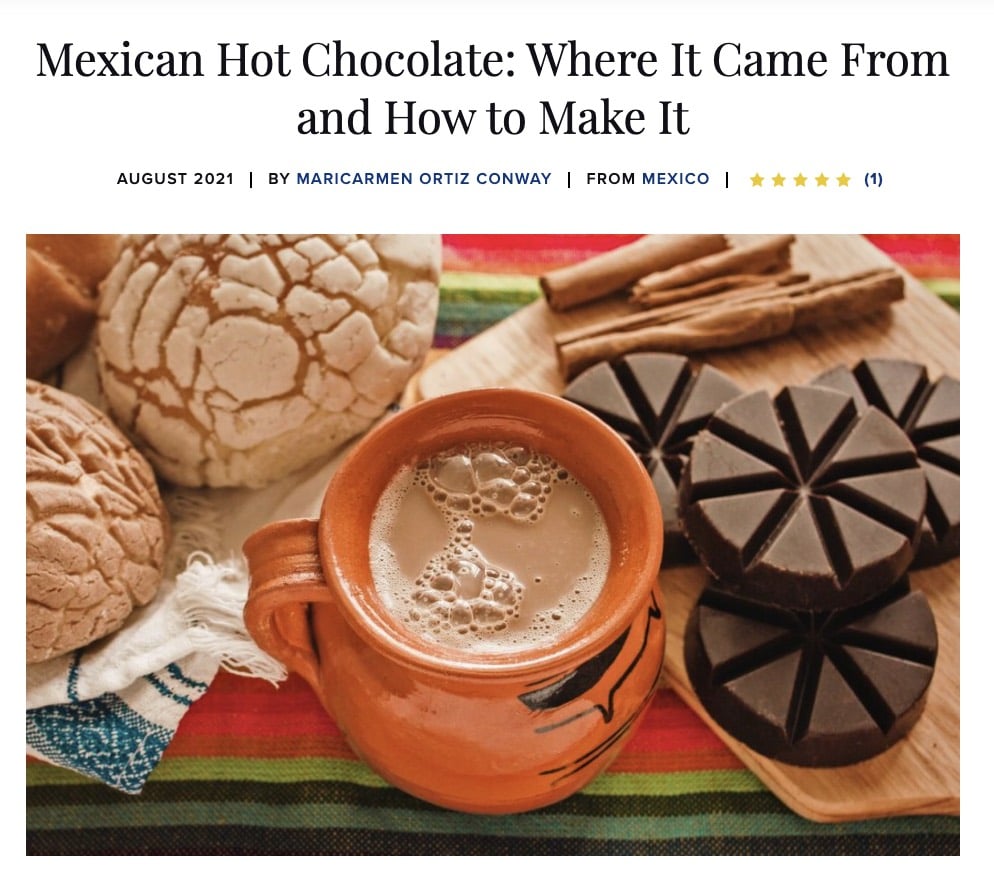
My Family Recipe for Atole—Check It Out Below!
My favorite Candelaria traditional drink is atole, which stars another ingredient revered by the Aztecs: corn. This Candelaria, my boyfriend and I plan to make his mother’s family-famous recipe—again. She serves her atole nice and hot—cozy thick with corn and ground nuts. Chicago winters mean mucho snow, and his mom’s atole is just what we crave every February. Try it! Check out her recipe, below.
As you prep your choice of tamales, hot chocolate and/or atole this year, take the time to enjoy the ancient ritual you are participating in. Remember: You’re helping keep alive a part of Mexican history. The feast of Dia de la Candelaria’s elements remain as essential today as they were hundreds of years ago for the Aztecs and early Mexicans: family, food, ritual, home.
How to Make Atole for Your Candelaria Feb. 2 Feast!
Updated January 25, 2022
MoreLike This

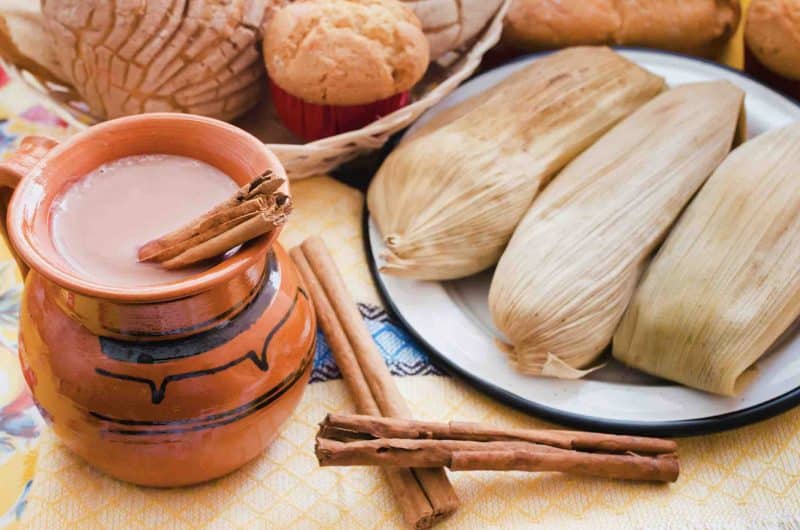
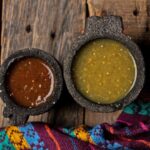
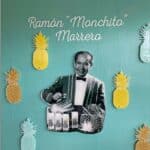


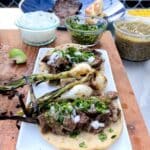
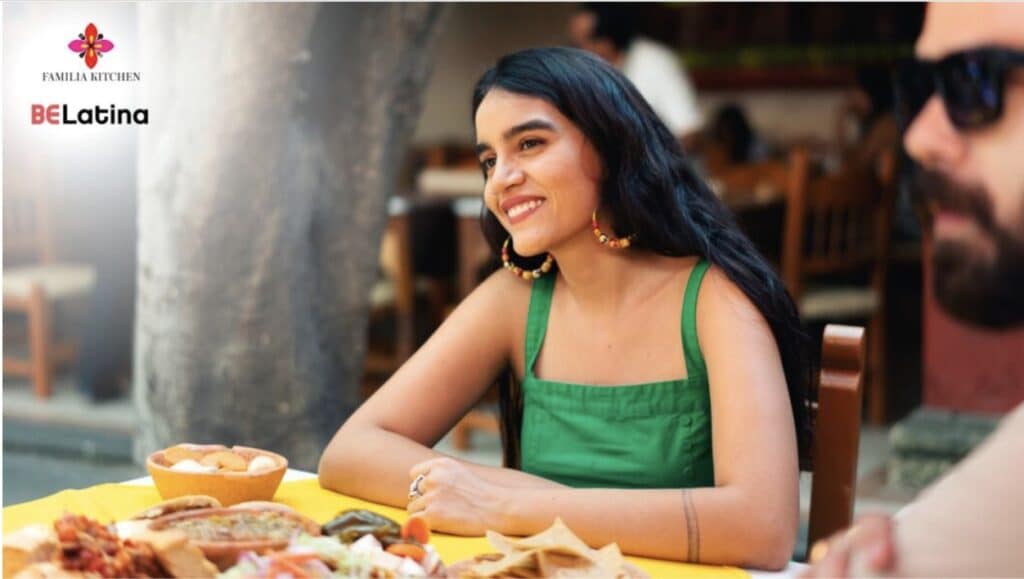
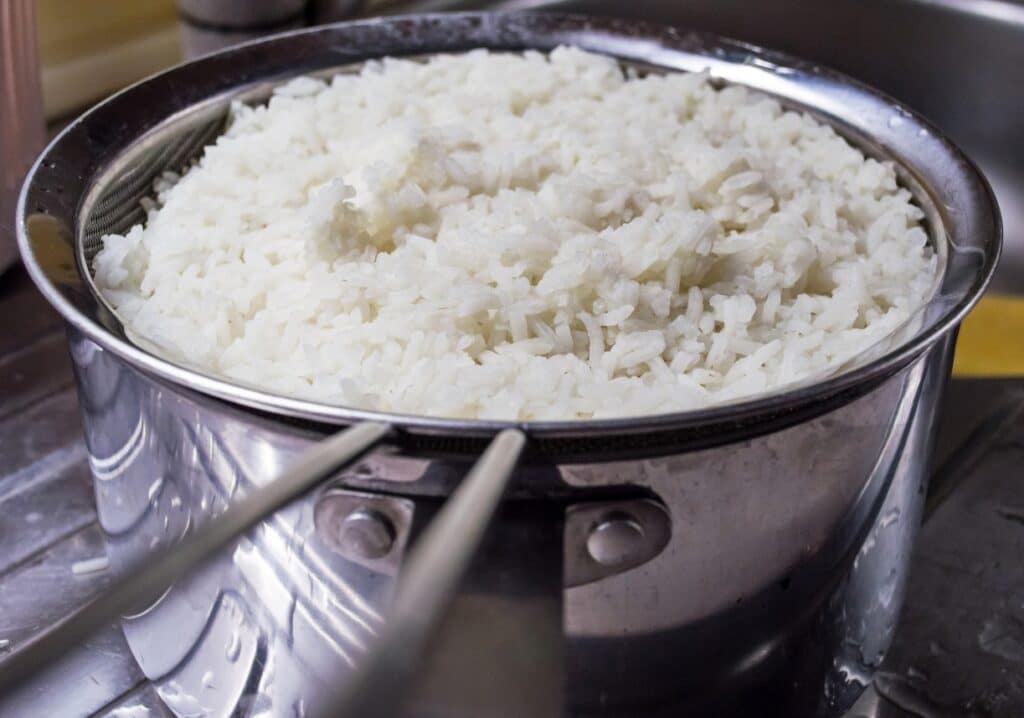

Got a question or suggestion?
Please rate this recipe and leave any tips, substitutions, or Qs you have!
Suggestions and questions from our readers
Thank for your educational article. I am starting a new family tradition ( never before practiced) of getting my candles blessed ( my home-made bees wax candles) on Día de la Candelaria. I have always heard of “Candelarias”, but it was never explained to me. Your article and recetas have inspired me more to incorporate more Mexican traditions in daily life. 😊
That makes us so happy to hear, Olga! We are extra inspired this Candelaria, too. Cooking our way home sounds extra nice, verdad que si?
Love this article! I am recalling your contest for menudo. Have you ever had one for albóndigas. I make mine typically with ground turkey. My father-in-law worked in the fishing industry so my mother-in-law made her’s with fresh ahi tuna. My husband loves his albóndigas de pescado when I do make it, especially around Lent. Will you ever have a contest for Albóndigas?
Great idea! Albóndigas are so delicious—with all proteins. And we are always on the hunt for recipes that are Healthy & Delicioso (one of our most popular categories). Would you like to share your albóndigas de pescado recipe with the food story of what it means to your family? We would be so honored to publish your recipe. As to a future recipe contest, it’s definitely going on our list of contest ideas we love. Mil gracias, Olga!
Olga, we just posted this caldo de albóndigas, and I thought of you.
https://familiakitchen.com/caldo-de-albondigas-or-mexican-meatball-soup/
Thank you so much for the wonderful help you are giving me. My Grandmother was from Durango Mexico Gomez Palicio my Mother, Aunt’s, Uncle’s never spoke or brought out anything about their Mothers or family ties in Mexico but because of my terrible experience with my own family , I went to live with my Grandmother at the time and always she only spoke in Spanish so I was lucky enough to know both languages
I got to experience first hand the delious food she made Totillas ,caldo,arroz,frijoles,chili, all of the good stuff. I felt bad for my Granny she was not appreciated ok r loved the way she should have been. Sorry back to food , I Love you Granny my real Madre. Anyway there are so many cultural things our Parents didn’t teach us about cooking because some of our parents didn’t eat Mexican food so Please teach us Cultural awareness and how to cook our favorite foods we haven’t had since we don’t have our Abuelitas anymore! THANK YOU FOR YOUR HELP!
Irene, thank you for telling us your story. 🌟 You are exactly why we are here, to connect our community, and help us all find our way home by cooking our way home, or at least eating our way home. So many of us don’t even really know where home is (here in the U.S.? Back where our family came from? Somewhere in between?). We do know, as you so clearly do with your loving abuela from Durango, what loving family feels like. Bienvenida to Familia Kitchen.
Curious: Did your abuela make any special recipes from Durango when you were growing up?